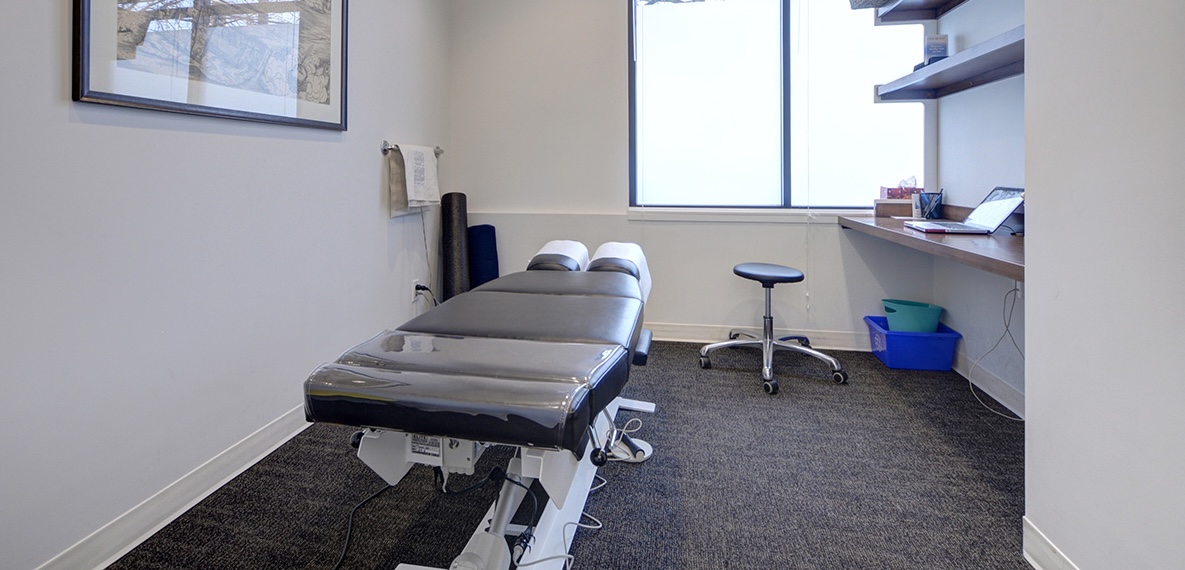Understanding Chiropractic Joint Manipulation
A chiropractor employs various tools to support patient health, with joint manipulation being one of the most well-known techniques. This method, which produces the familiar cracking or popping sounds during an adjustment, is a safe and effective way to restore the body’s natural range of motion. Joint manipulation involves a quick (“high-velocity”), shallow (“low-amplitude”) movement applied to areas of joint tension, helping to improve joint mobility and often resulting in a ‘pop’ noise. But what causes this distinctive sound?
The body has three types of joints: fibrous, cartilaginous, and synovial joints. Synovial joints, the most common type, have a unique joint cavity filled with synovial fluid. This fluid lubricates the cartilage within the joint, facilitating smooth movement and nourishing the joint through diffusion5. It’s this synovial fluid that produces the familiar “pop”. But how?
A 2015 study by the University of Alberta used real-time MRI to examine what happens during joint manipulation. When a joint is stretched, such as during an adjustment, a process called tribonucleation occurs4. This causes the synovial fluid to form a bubble of carbon dioxide, which temporarily extends the joint capsule and produces a popping sound3.

Sourse: https://chiroup.com/blog/joint-cavitation-does-it-matter
What does research say about the risks involved? A 2017 review of 250 studies on spinal manipulation and mobilization found that serious adverse events are exceedingly rare, with an incidence rate ranging from 0.13% to as low as 0.00005% 6. Screening for known risk factors, as conducted during the initial visit at Acacia, further minimizes these risks. Additionally, research shows that joint manipulation and manual therapy can effectively reduce pain and improve function, particularly for back pain1,2,7
Beyond joint manipulation, chiropractors in Victoria offer a wide range of treatments, including various forms of massage and manual therapy to address joints, muscles, and ligaments. Importantly, chiropractors can also prescribe exercises and stretches to reduce your specific pain and increase your mobility.
- Coulter ID, Crawford C, Hurwitz EL, Vernon H, Khorsan R, Suttorp Booth M, Herman PM. Manipulation and mobilization for treating chronic low back pain: a systematic review and meta-analysis. Spine J. 2018 May;18(5):866-879. doi: 10.1016/j.spinee.2018.01.013. Epub 2018 Jan 31. PMID: 29371112; PMCID: PMC6020029.
- Corp N, Mansell G, Stynes S, Wynne-Jones G, Morsø L, Hill JC, van der Windt DA. Evidence-based treatment recommendations for neck and low back pain across Europe: A systematic review of guidelines. Eur J Pain. 2021 Feb;25(2):275-295. doi: 10.1002/ejp.1679. Epub 2020 Nov 12. PMID: 33064878; PMCID: PMC7839780.
- Cramer GD, Ross JK, Raju PK, Cambron JA, Dexheimer JM, Bora P, McKinnis R, Selby S, Habeck AR. Distribution of cavitations as identified with accelerometry during lumbar spinal manipulation. J Manipulative Physiol Ther. 2011 Nov;34(9):572-83. doi: 10.1016/j.jmpt.2011.05.015. Epub 2011 Jul 18. PMID: 21986305; PMCID: PMC3215819.
- Kawchuk GN, Fryer J, Jaremko JL, Zeng H, Rowe L, Thompson R. Real-time visualization of joint cavitation. PLoS One. 2015 Apr 15;10(4):e0119470. doi: 10.1371/journal.pone.0119470. PMID: 25875374; PMCID: PMC4398549.
- Orthobullets Synovium Available from:https://www.orthobullets.com/basic-science/9018/synovium-and-synovial-fluid (accessed 18.6.2021)
- Swait, G., Finch, R. What are the risks of manual treatment of the spine? A scoping review for clinicians. Chiropr Man Therap 25, 37 (2017). https://doi.org/10.1186/s12998-017-0168-5
- Toward Optimized Practice (TOP) Low Back Pain Working Group. 2015 December. Evidence-informed primary care management of low back pain: Clinical practice guideline. Edmonton, AB: Toward Optimized Practice. Available from: http://www.topalbertadoctors.org/cpgs/885801




